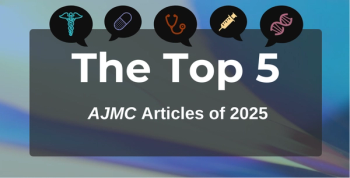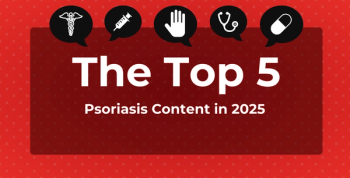
PEA Leads to Long-term QOL Improvement in People With CTEPH, Study Suggests
Most patients with chronic thromboembolic pulmonary hypertension (CTEPH) said they can go about their daily activities without restriction, the authors found, because of gains in functional status and quality of life (QOL).
Most patients who undergo pulmonary endarterectomy (PEA) for chronic thromboembolic
The results suggest that the procedure leads to sustained improvements in quality of life (QOL) and functional status, according to the authors.
People with CTEPH have unresolved pulmonary emboli, intimal hypertrophy, and fibrosis in their pulmonary arteries, explained the authors. They often experience life-threatening severe symptoms, including dyspnea and fatigue due to the right heart failure, they said.
PEA is the recommended first-line treatment for these patients if they qualify for the procedure. Alternative therapies include balloon pulmonary angioplasty (BPA) or medical therapy.
The study investigators said previous research indicates patients who undergo the procedure have a 10-year survival rate of 69% to 75%. Conversely, patients with CTEPH who do not undergo the procedure have a survival rate of 60% to 70% after only 3 5 years. There is also evidence that the procedure improves QOL in patients.
However, the authors said few studies have examined the long-term QOL effects of PEA, and those few studies have used a wide variety of assessments to evaluate QOL. In hopes of bringing more clarity to the issue, the authors conducted a cross-sectional investigation to examine QOL and functional status in patients who underwent PEA for CTEPH at their hospital.
The cases spanned 1993 through 2020, with patient charts and national registers used to obtain baseline data including right heart catheterization, 6-minute walking test results, and Cambridge Pulmonary Hypertension Outcome Review (CAMPHOR) scores. They then asked patients to respond to Rand 36-Item Health Surveys sent by mail, and conducted Karnofsky Performance Status (KPS) evaluations via telephone.
A total of 110 patients met the inclusion criteria. Of those, 66 were still alive in 2020. Seventy-four percent of those patients completed the QOL survey. The investigators found respondents had slightly lower QOL scores than an age-matched reference population in every domain but bodily pain.
“The most affected domains were role physical and physical functioning,” the investigators reported.
Forty-two of 49 patients contacted for KPS evaluations participated in the assessment, and 31 of those (74%) had scores at or above 80%, which indicates that they were able to carry out their normal daily activities. All 42 respondents said they were able to live at home and care for their own personal needs.
The median postoperative CAMPHOR scores of the patients in the study were 4 for symptoms, 4 for activity, and 2.5 for QOL.
The study investigators cautioned that their data came from a single center and involved cases spanning 3 decades, a time during which treatment modalities have changed. They also were unable to account for why certain patients chose not to participate. Among potential reasons, the authors said it is possible those patients were too ill to participate or perhaps were feeling very well and thus did not want to take the time to participate. Finally, they said their RAND-36 survey was sent out in 2020 prior to the availability of COVID-19 vaccines, and some patients indicated that their feelings of being physically restrained were due in part to self-quarantines.
In their conclusion, the authors said although there is a need for longitudinal studies with validated instruments, their data offer signs that PEA offers long-term benefits to the lives of people with CTEPH.
“Our findings suggest that many patients enjoy a satisfactory QOL and high functional status after PEA,” they said.
Reference
Kallonen J, Glaser N, Bredin F, Corbascio M, Sartipy U. Life expectancy after pulmonary endarterectomy for chronic thromboembolic pulmonary hypertension: a Swedish single-center study. Pulm Circ. Published online April 14, 2023. doi:10.1177/2045894020918520
Newsletter
Stay ahead of policy, cost, and value—subscribe to AJMC for expert insights at the intersection of clinical care and health economics.








































